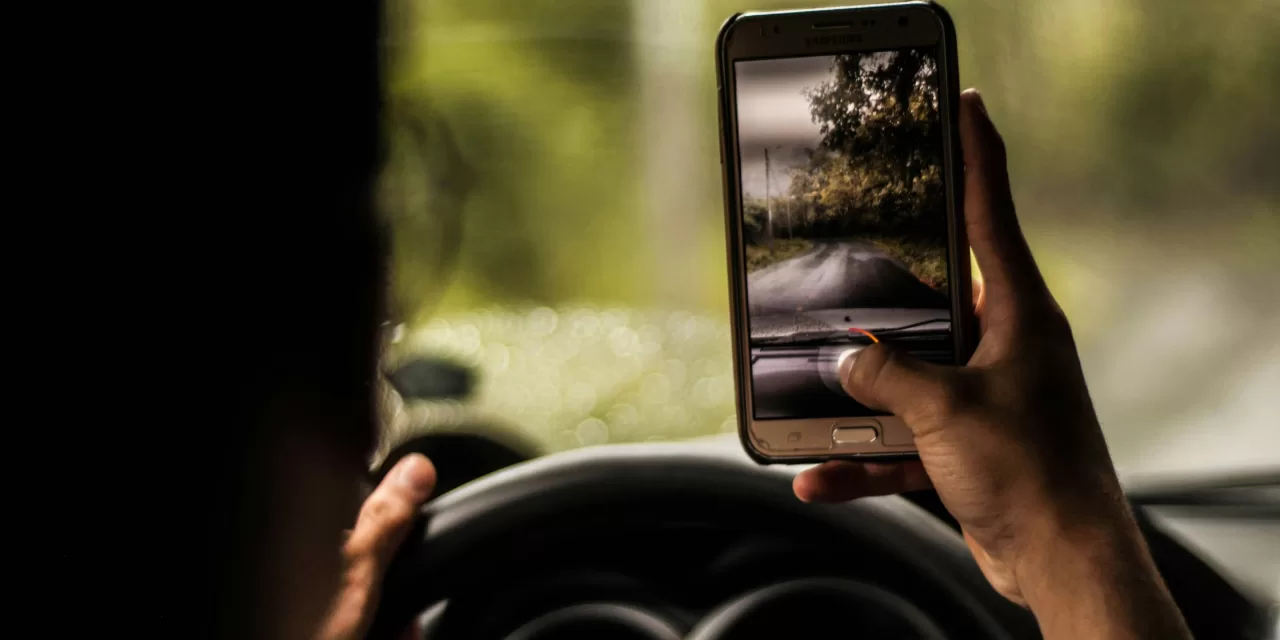A groundbreaking study conducted by researchers from Penn Nursing and the Perelman School of Medicine has revealed a strong link between handheld cellphone use and risky driving behaviors among newly licensed teen drivers. Published in JAMA Network Open, the study utilized smartphone telematics technology to monitor the driving habits of teen drivers, offering crucial insights into potential safety hazards.
Led by Dr. Catherine C. McDonald, Ph.D., RN, FAAN, the research team tracked 119 newly licensed teens over a period of 60 days. Each teen had been licensed for less than a year, a period considered high-risk for accidents. The telematics app collected data on driving patterns, such as trip characteristics, speeding, handheld cellphone use, and risky driving events like hard braking and rapid acceleration.
The findings are alarming: handheld cellphone use was observed in more than one-third of the trips, and speeding occurred in over 40% of the trips. Notably, the study found that these behaviors—using handheld cellphones and speeding—were significantly linked to kinematic risky driving events, which elevate the risk of accidents and injuries.
“This study provides further evidence of the dangers of handheld cellphone use while driving,” said Dr. McDonald, Professor of Nursing and Chair of Penn Nursing’s Department of Family and Community Health. “It’s crucial for teens and their parents to be aware of the risks and to take steps to avoid using their phones while driving.”
The use of smartphone telematics allowed the researchers to capture real-time data on driving behaviors, making it possible to identify and analyze the frequency and types of risky activities. This approach could pave the way for tailored interventions to improve driver safety among teens, a group already at increased risk for accidents due to inexperience.
“Smartphone telematics applications provide a valuable tool for studying driving behavior and for developing interventions to improve safety,” said Dr. McDonald. “By identifying risky behaviors, we can develop targeted interventions to help teens become safer drivers.”
The study highlights the urgent need for education and preventive measures aimed at teen drivers. The researchers recommend several strategies for minimizing cellphone distractions while driving, including keeping phones out of reach, using hands-free devices, and setting clear family rules about phone use behind the wheel. They also emphasize the importance of parental role modeling, as teens are more likely to adopt safe driving practices when their parents avoid distracted driving themselves.
As distracted driving continues to be a leading cause of accidents among young drivers, this study serves as a call to action for both teens and their families to adopt safer driving habits.
For more information, the full study by Dr. Catherine C. McDonald and colleagues is available in JAMA Network Open under the title Handheld Cellphone Use and Risky Driving in Adolescents (DOI: 10.1001/jamanetworkopen.2024.39328).












